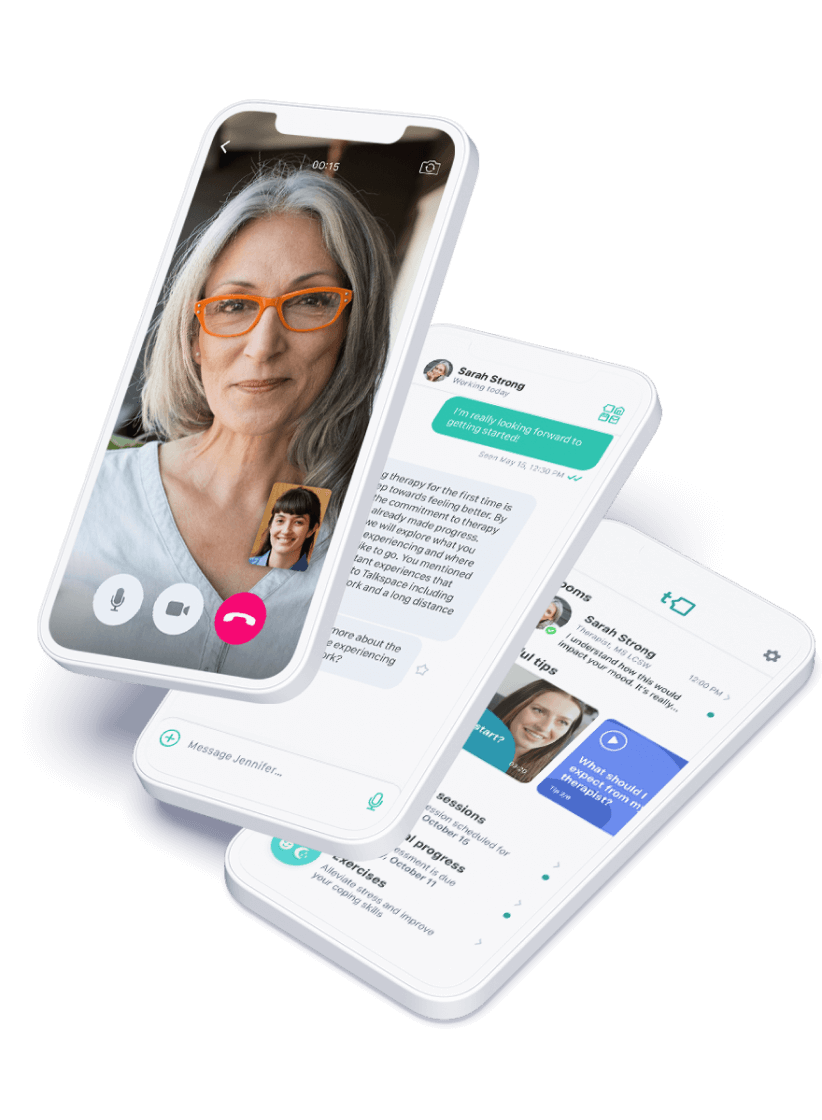How to Treat Persistent Depressive Disorder
After diagnosis, a combination of medication and talk therapy is generally used to treat chronic depression. A doctor will work with each individual to determine the best mix of treatment for the severity of a person’s symptoms, personal preferences, how the diagnosis is impacting quality of life, previous treatment methods, and the ability to take medications without major side effects.


